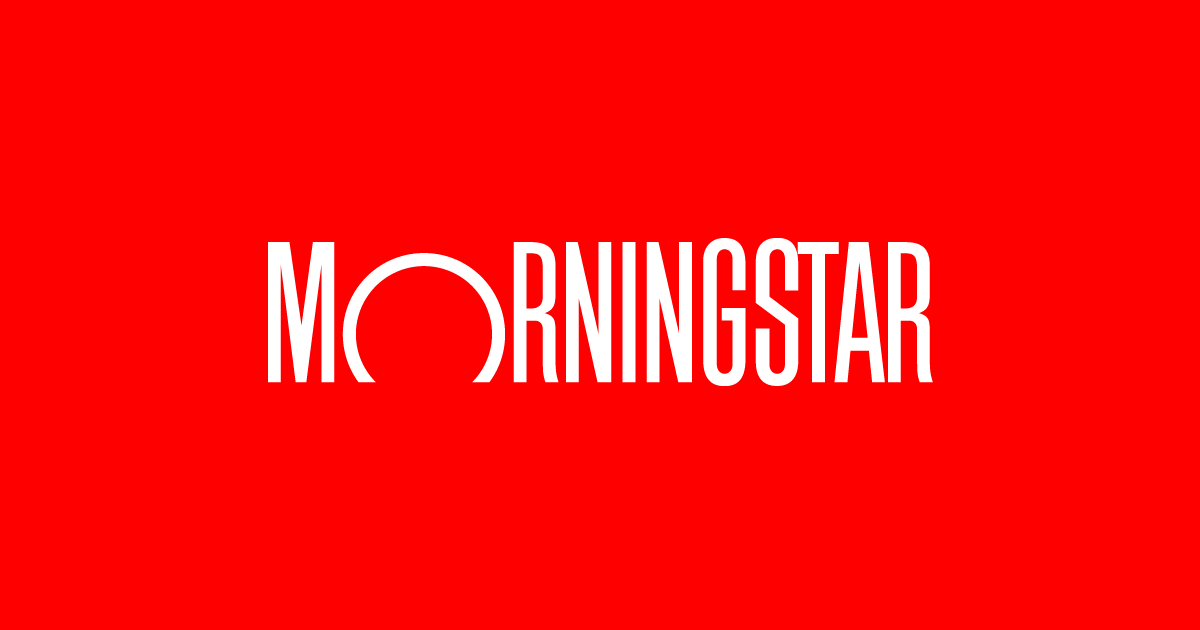By Joseph Adinolfi
The largest companies have seen their weighting in the S&P 500 rise more quickly than their share of total earnings
One stock-market bull says recent developments are making her more concerned that an AI-driven bubble might be forming in the U.S. stock market.
Lori Calvasina, head of U.S. equity strategy at RBC Capital Markets, has repeatedly rebutted claims that the U.S. equity market has entered an AI-driven bubble. But in a report recently shared with MarketWatch, she included one chart that is making her a bit more nervous.
The chart in question, shown below, compares the weighting of the 10 most valuable stocks in the S&P 500 index SPX with the companies’ share of total net income. As Calvasina points out, the weighting of these stocks in the index recently touched a new peak north of 44% – the highest level going back to at least 1990, according to the data used by RBC. Yet the share of total profit of all index members that is being produced by these firms hasn’t quite kept up.
“While we’ve generally not agreed with the view that the stock market is in the midst of an AI bubble, similar to the TIMT bubble, due to a better earnings foundation, we do think this risk has grown,” Calvasina said in the report. TIMT in this context refers to Technology, Internet, Media and Telecommunications. The acronym is frequently used in reference to the stock-market bubble that crested in early 2000.
Among the 10 largest companies in the S&P 500, the AI theme is heavily represented. Names like Nvidia Corp. (NVDA), Meta Platforms Inc. (META), Broadcom Inc. (AVGO), Microsoft Corp. (MSFT), Amazon.com Inc. (AMZN), Alphabet Inc. – which is counted twice by RBC due to its dual share classes, Class A (GOOGL) and Class C (GOOG) – Apple Inc. (AAPL) and Tesla Inc. (TSLA). The only company in the group that doesn’t have direct and significant exposure to the AI theme is Berkshire Hathaway (BRK.B).
See: The ‘Magnificent Seven’ have never been this important to the stock market – and a big test lies ahead
To be sure, this isn’t exactly a new trend. The biggest companies in the S&P 500 have been seeing their overall weighting in the index climb more quickly than their share of earnings since at least 2021, Calvasina said.
This is largely because investors have been willing to pay a premium on the expectation of stronger long-term earnings growth, especially since the launch of ChatGPT kicked off the AI investment frenzy in late 2022.
However, over the past few months, the pace at which this gap has been widening has intensified. As of the end of October, the 10 largest companies in the S&P 500 accounted for 34.3% of total net income for all of the companies included in the index, according to the latest available data. That pushed the gap between the weighting of these companies in the S&P 500 and their share of profits to 9.9 percentage points. That isn’t far off from the 10.3 percentage-point gap seen in March 2000.
Worries about an AI bubble have resurfaced as many of the biggest players in the space – the so-called “hyperscalers” – have reported earnings over the past couple of weeks. Although some on Wall Street have been warning about frothy valuations practically since the trend first found its legs during the first half of 2023.
Meta shares dived last week, erasing more than $200 billion in value. Two Wall Street analysts downgraded the stock after panning the company’s plans for more aggressive AI-related spending, MarketWatch reported at the time. The stock was down again Monday, further trimming its yearly gain to about 8.9%.
Gains for other members of the big AI-plays, most notably Amazon, helped to compensate as U.S. stocks finished higher for a third straight week on Friday.
News on Monday that Amazon had inked a deal with OpenAI to provide cloud-computing power to the privately held AI company has helped to keep the stock-market rally going as November trading got under way, one portfolio manager told MarketWatch.
U.S. stocks mostly climbed on Monday, with the S&P 500 and Nasdaq Composite COMP finishing higher. Meanwhile, the Dow Jones Industrial Average DJIA and the small-cap Russell 2000 RUT ended modestly lower.
-Joseph Adinolfi
This content was created by MarketWatch, which is operated by Dow Jones & Co. MarketWatch is published independently from Dow Jones Newswires and The Wall Street Journal.
(END) Dow Jones Newswires
11-03-25 1729ET
Copyright (c) 2025 Dow Jones & Company, Inc.
